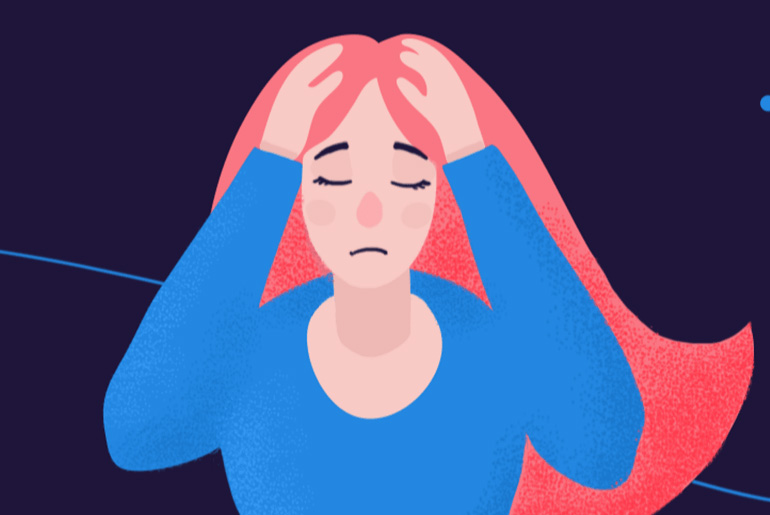Certain thought patterns, such as all-or-nothing thinking and mental filtering, can significantly contribute to increased feelings of stress and anxiety. All-or-nothing thinking involves viewing situations in rigid terms of success or failure, which can intensify pressure and self-criticism. Mental filtering, on the other hand, selectively focusing on negative aspects while discounting positives, distorts perceptions and reinforces negativity. These patterns, along with catastrophizing, overgeneralization, personalization, mind reading, and emotional reasoning, illustrate how thoughts, emotions, and behaviors are interconnected. By recognizing and challenging these thought patterns, individuals can shift their emotional responses and behaviors, promoting greater emotional resilience and well-being.
Thought Patterns That Increase Anxiety:
- Catastrophizing: This involves imagining the worst-case scenario in any situation. People who catastrophize tend to magnify the importance or implications of an event, leading to excessive worry and fear.
- All-or-Nothing Thinking (Black-and-White Thinking): As mentioned earlier, this distortion involves seeing things in extremes—either perfect or a complete disaster, with no middle ground. This can lead to unrealistic expectations and unnecessary stress.
- Overgeneralization: Drawing broad conclusions based on limited evidence or a single negative event. For example, if one thing goes wrong, assuming that everything will go wrong or that a negative outcome is inevitable.
- Mind Reading: Assuming that you know what others are thinking or predicting negative judgments from others without evidence. This can lead to social anxiety and self-doubt.
- Filtering (Selective Attention): Focusing exclusively on negative aspects of a situation while ignoring any positive aspects. This can create a distorted perception of reality and contribute to feelings of hopelessness.
- Personalization: Taking responsibility for events or situations that are beyond your control or blaming yourself excessively. This can lead to feelings of guilt and self-blame.
- Magnification and Minimization: Exaggerating the importance of negative events or traits (magnification) while downplaying the significance of positive events or attributes (minimization). This can distort one’s self-image and increase anxiety.
- Should Statements: Using “should,” “must,” or “ought to” statements to impose unrealistic expectations on yourself or others. This can create pressure and feelings of inadequacy when expectations are not met.
- Emotional Reasoning: Believing that because you feel a certain way, it must be true. For example, if you feel anxious, concluding that there must be a real threat or danger present.
- Jumping to Conclusions: Making negative interpretations or predictions without sufficient evidence. This includes both fortune-telling (predicting a negative outcome without evidence) and mind-reading (assuming negative thoughts from others without evidence).
Recognizing these thought patterns is the first step in managing anxiety. Psychologists often use cognitive-behavioral therapy (CBT) techniques to help individuals challenge and change these distortions, promoting more realistic and balanced thinking patterns. By addressing these cognitive distortions, individuals can reduce anxiety levels and improve their overall mental well-being.
Disclaimer:
The information contained in this article is for educational and informational purposes only and is not intended as a health advice. We would ask you to consult a qualified professional or medical expert to gain additional knowledge before you choose to consume any product or perform any exercise.







